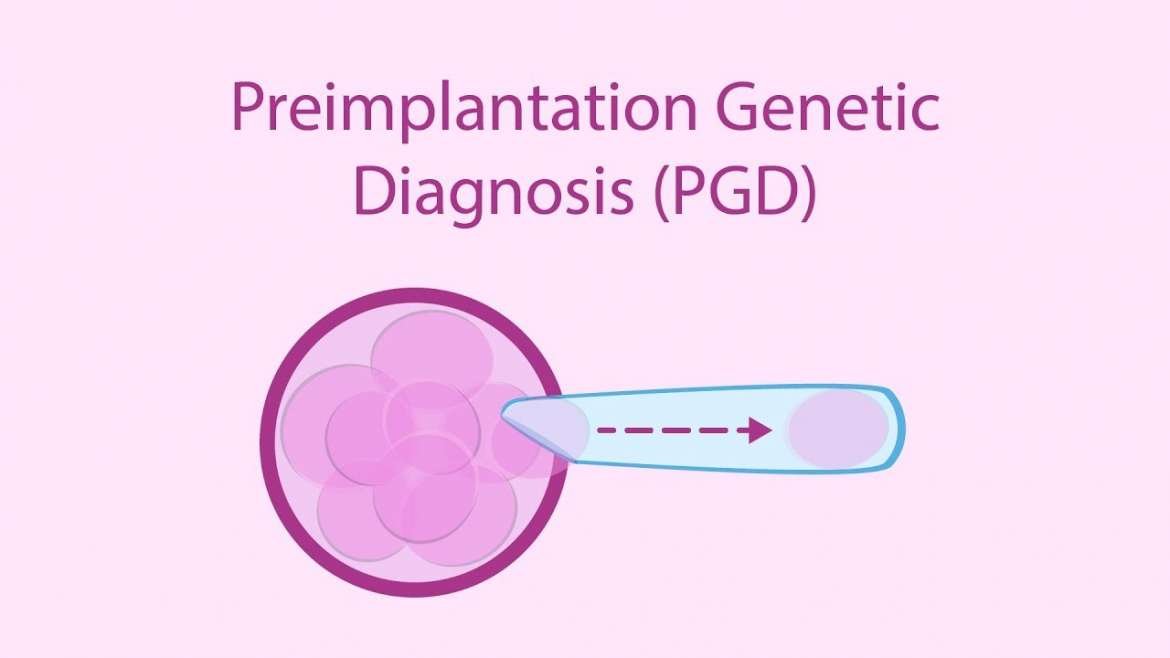Preimplantation Genetic Diagnosis (PGD) Benefits & Concerns
Preimplantation genetic diagnosis (PGD) is a procedure used prior to implantation to help identify genetic defects within embryos. This serves to prevent certain genetic diseases or disorders from being passed on to the child. The embryos used in PGD are usually created during the process of in vitro fertilization (IVF).
How is the PGD performed?
Preimplantation genetic diagnosis begins with the normal process of in vitro fertilization that includes egg retrieval and fertilization in a laboratory. Over the next three to five days, the embryos will divide into multiple cells.
Preimplantation genetic diagnosis involves the following steps:
First, a couple/few cells are microsurgically removed from the embryos, which are about 5 days developed. After this cell collection, the embryos are safely frozen.
The DNA of the cells is then evaluated to determine if the inheritance of a problematic gene is present in each embryo. This process takes at least one full week.
Once PGD has identified embryos free of genetic problems, the embryo(s) will be placed in the uterus (usually by an IVF procedure), and the wait for implantation and a positive pregnancy test begins.
Any additional embryos that are free of genetic problems are kept frozen for possible later use while embryos with the problematic gene(s) are destroyed. This testing process may take weeks.
Getting from the egg retrieval process to the final results of PGD can take several weeks. If you think about it, this process includes collection, fertilization, 3-5 days of development, 1-2 weeks of testing, and scheduling an appointment to discuss results with your doctor. It is important to keep this in mind if you plan to pursue IVF with PGD so that you know what to expect!
Who can benefit from PGD?
A preimplantation genetic diagnosis can benefit any couple at risk for passing on a genetic disease or condition.
The following is a list of the type of individuals who are possible candidates for PGD:
Carriers of sex-linked genetic disorders
Carriers of single-gene disorders
Those with chromosomal disorders
Women age 35 and over
Women experiencing recurrent pregnancy loss
Women with more than one failed fertility treatment
PGD has also been used for the purpose of gender selection. However, discarding embryos based only on gender considerations is an ethical concern for many people.
What are the benefits of PGD?
The following are considered benefits of PGD:
PGD can test for more than 100 different genetic conditions.
The procedure is performed before implantation thus allowing the couple to decide if they wish to continue with the pregnancy.
The procedure enables couples to pursue biological children who might not have done so otherwise.
What are the concerns of PGD?
The following are considered concerns or disadvantages associated with the use of PGD:
Many people believe that because life begins at conception, the destruction of an embryo is the destruction of a person.
While PGD helps reduce the chances of conceiving a child with a genetic disorder, it cannot completely eliminate this risk. In some cases, further testing is needed during pregnancy to ascertain if a genetic factor is still possible.
Although genetically present, some diseases only generate symptoms when carriers reach middle age. The probability of disorder development should be a topic of discussion with the healthcare provider.
Keep in mind that preimplantation genetic diagnosis does not replace the recommendation for prenatal testing.
If you are interested in PGD, talk with your doctor, genetic counselor, or a fertility specialist to discuss your options.

